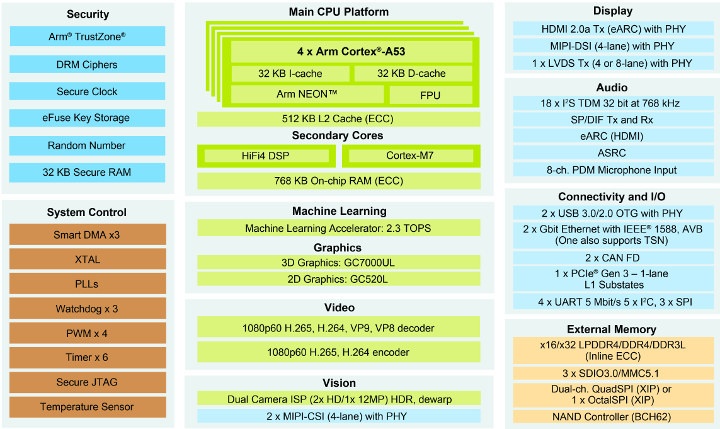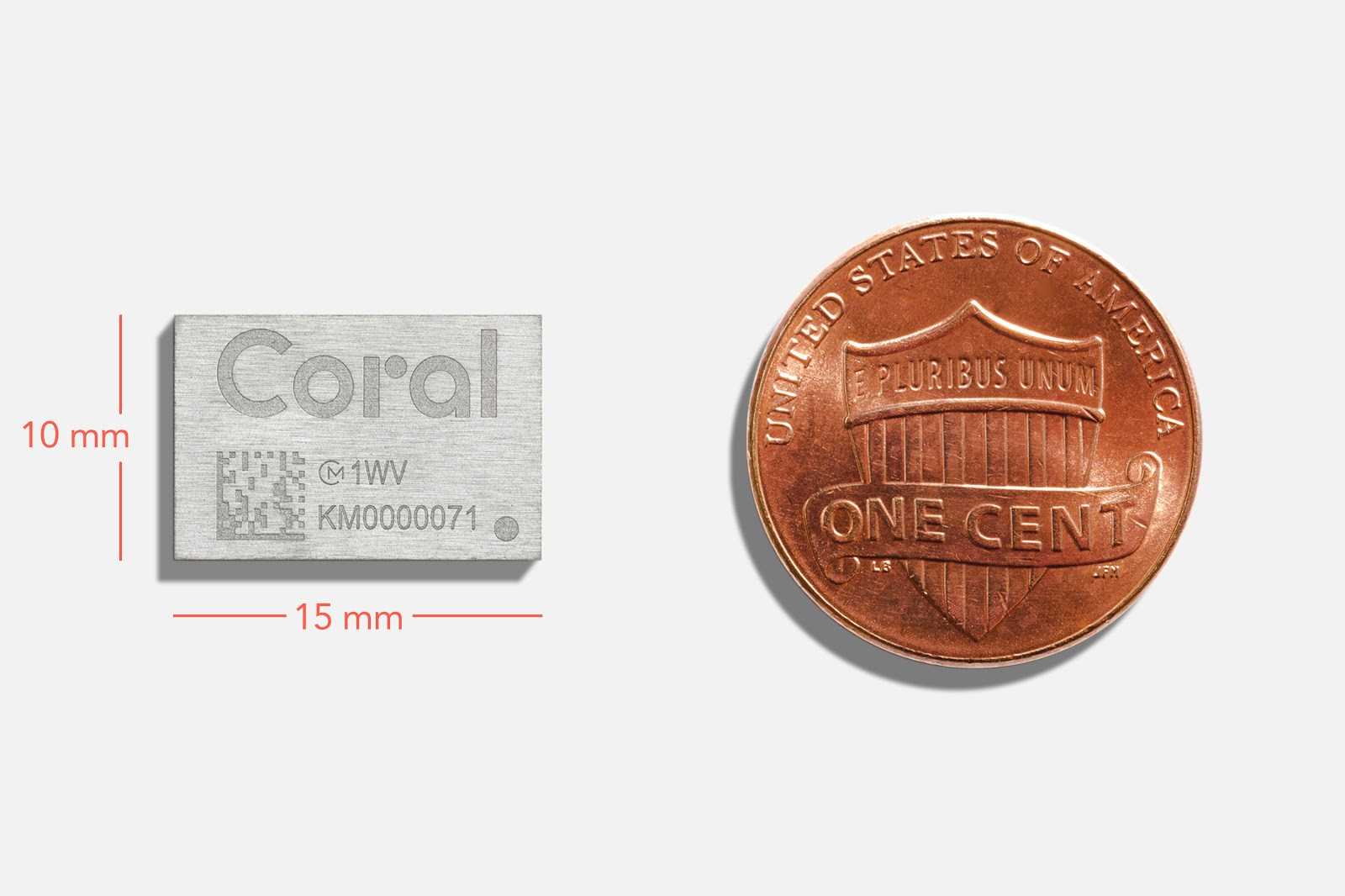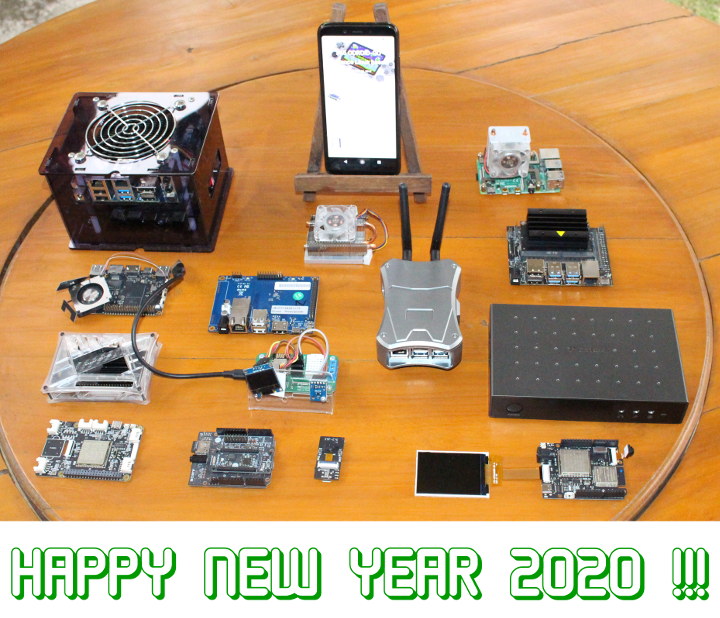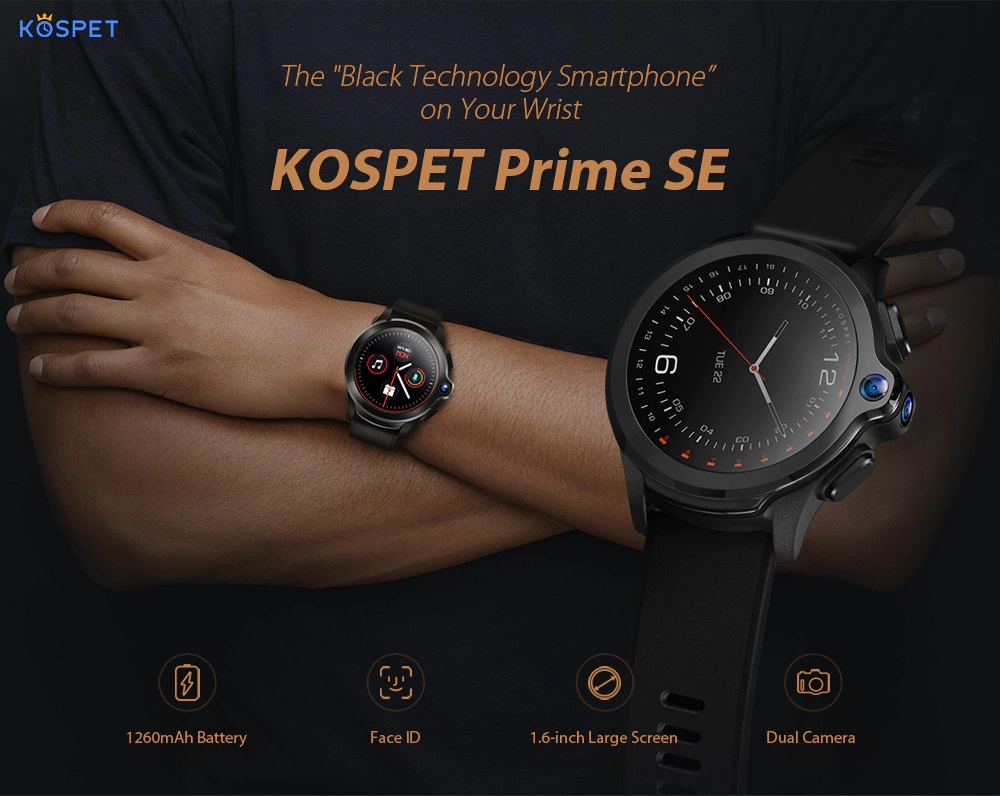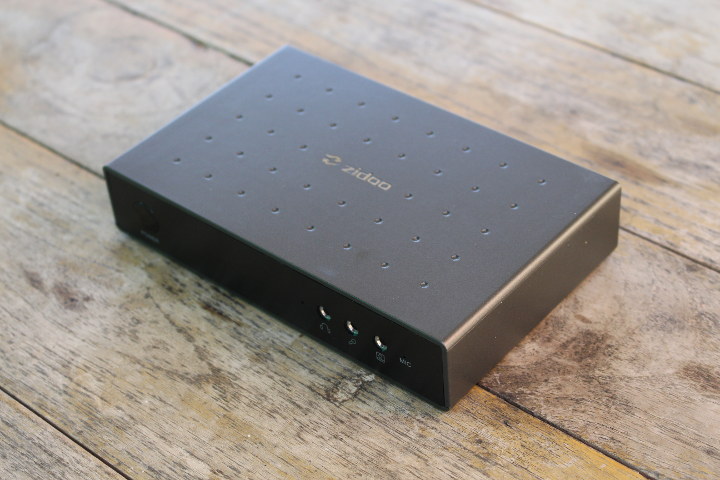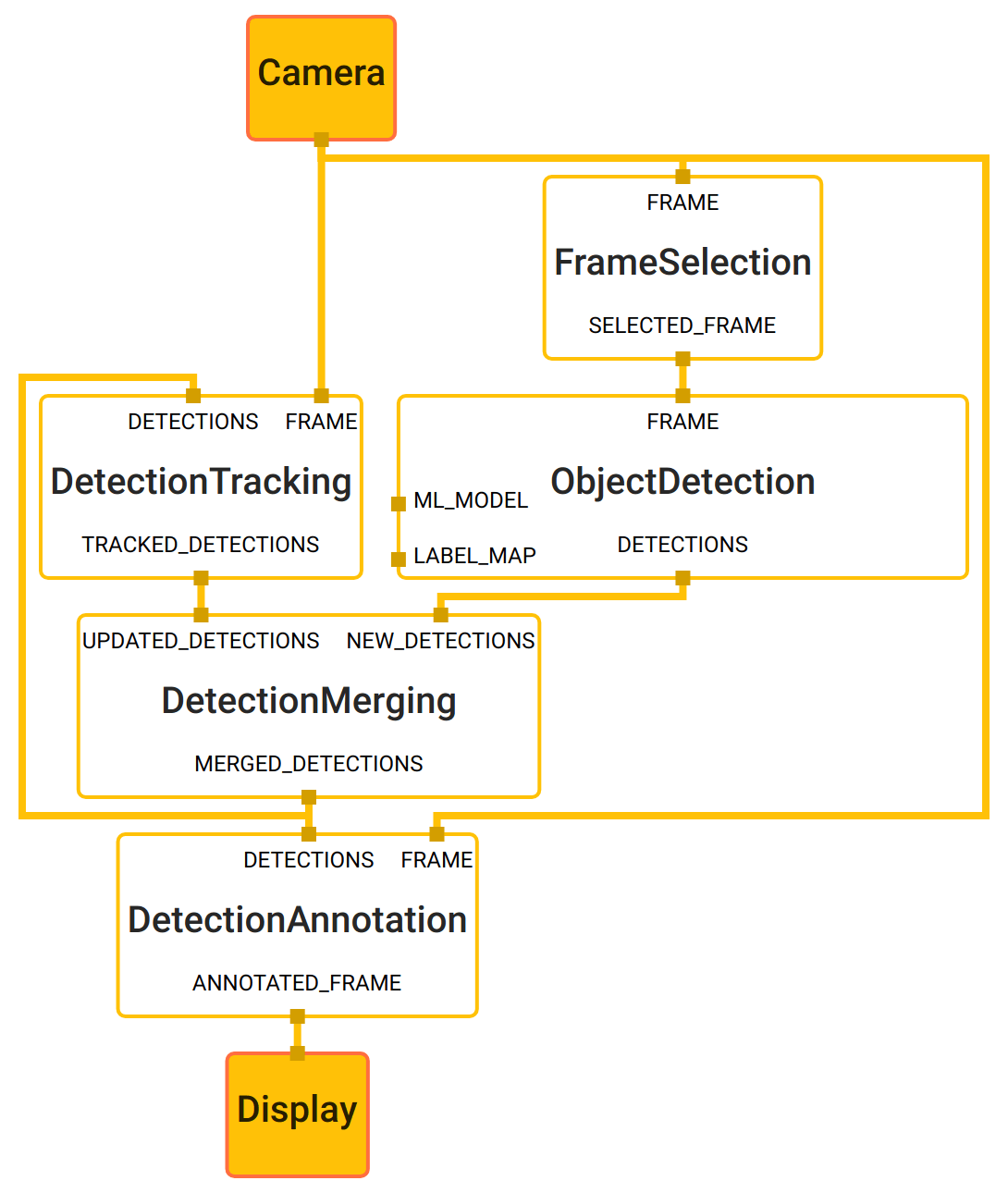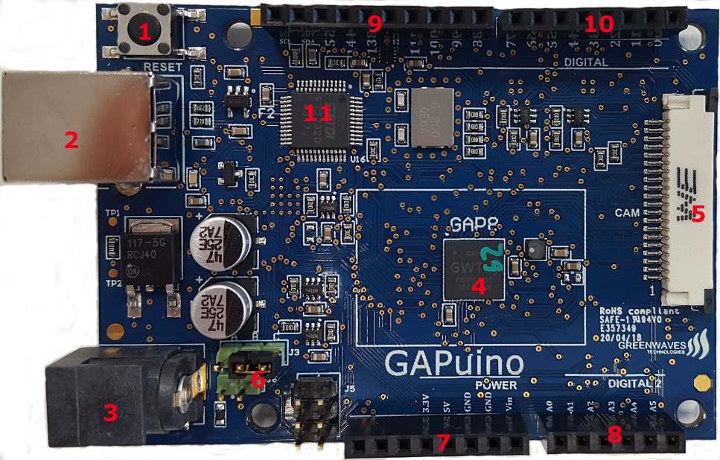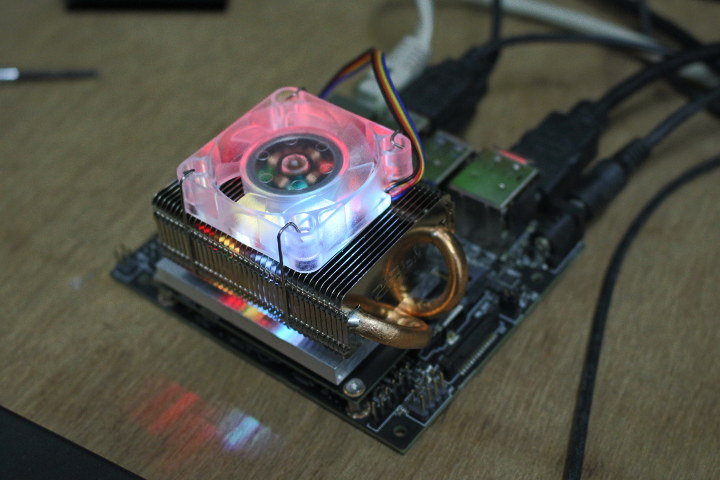NXP has just announced its first i.MX processor with a dedicated neural processing unit (NPU) at CES 2020. The NXP i.MX 8M Plus SoC is built upon the existing i.MX 8M Nano family with a quad-core Arm Cortex-A53 processor running at up to 2GHz, an independent real-time Cortex-M7 microcontroller @ 800MHz, and a Vivante 3D GPU, but adds a 2.3 TOPS NPU to the mix. The NPU will enable advanced machine learning inference at the industrial and IoT (Internet-of-Things) edges for applications such as people and object recognition for public safety, industrial machine vision, robotics, hand gesture, and emotion detection with natural language processing. NXP i.MX 8M Plus key features and specifications: CPU – Quad-core Arm Cortex-A53 processor @ up to 2.0 GHz with 512KB ECC cache Real-time MCU – Arm Cortex-M7 @ up to 800 MHz GPU – Vivante GC7000UL 3D GPU, Vivante GC520L 2D GPU DSP – HiFi […]
Google Coral mPCIe and M.2 Cards for Sale, New Coral Dev Board Mini and Modules Coming in 2020
Google introduced Coral development board and USB accelerator with Google Edge TPU last year. The development board was comprised of a baseboard and Coral system-on-module with an NXP i.MX 8M quad-core Arm Cortex-A53 processor and the Edge TPU. Since then ASUS announced Tinker Edge T and CR1S-CM-A SBC based on the Coral module, and yesterday, I noticed Seeed Studio started selling mPCIe and M.2 AI accelerator card with Google Edge TPU, while today, Google announced upcoming Coral products for 2020. Coral Mini PCIe and M.2 Accelerators Coral Mini PCIe card specifications: Half-mini PCIe card with PCIe Gen2 x1 Supply voltage – 3.3VDC +/- 10 % Dimensions – 30.00 x 26.80 x 2.55 mm Weight – 3.6 g Temperature Range – Storage: -40 ~ 85°C; operating: -20 ~ 70°C Relative humidity – 0 ~ 100% (non-condensing) Op-shock – 100 G, 11ms (persistent); 1000 G, 0.5 ms (stress); 1000 G, 1.0 ms […]
Year 2019 in Review – Top 10 Posts and Stats
2019 is closing to an end, or you may already be into 2020 while reading this post. In any case, that means it’s time to look back at 2019 and look forward to the events and new products to take place next year. While 2018 was a boring year for new processors, 2019 brought us some interesting new chips such as Amlogic S922X / A311D, or the first Arm Cortex-A55 only processors such as Amlogic S905X3. Rockchip RK3399Pro was promising when it was announced last year, but it never really took off. It was a pretty quiet year for Allwinner as well. RISC-V architecture has been ramping up with the first general-purpose RISC-V MCU: GD32V, WCH CH572 Bluetooth LE MCU, the launch of more SiFive RISC-V cores, and Kendryte K210 RISC-V AI processor announced last year has found its way into more and more boards. There have also been the […]
Kospet Prime SE Smartwatch with Face Unlock Runs Android 7.1.1
The Face ID Unlock Technology in a Smartwatch Kospet, the maker of smartwatches, has developed the Kospet Prime SE, a smartwatch phone with Face Unlock/Face ID technology. The watch is sleek and not overly large or heavy, and come equipped with two cameras for face ID. Runs Android 7.1.1, Supports iOS 9.0+ and Android 5.1+ The Kospet Prime runs Android with support for Google apps and documents. The watch carries a 1.6-inch touch screen face. There is support for a 4G Nano SIM card that allows the watch to make calls based on the owners, (or someone’s) phone number and can sync to smartphones running Apple iOS 9 and later or Android 5.1 or greater. Dual Cameras There are dual cameras for Face ID accuracy, at 2.0 mp + 8.0 mp and also allows video calls at any time. The Face ID / Face Unlock technology is said to the […]
Zidoo M9 Mini PC Review – Part 1: Unboxing & Teardown
Over the years, Zidoo has made TV boxes for the consumer market, and digital signage players for businesses. The recently announced Zidoo M9 aims at both markets, plus other applications such as IoT, robotics, and artificial intelligence. Zidoo M9 is either sold as a board or a complete TV box reference design with a case, as it exposes all the usual ports of a TV with HDMI, USB, and Ethernet. But you can do more with internal connectors for cameras, PCIe interfaces, SIM card slot, MPI DSI and eDP connectors, and so on. The company has sent me a review sample, so let’s first check out the accessories provided with the box, and have a look into the hardware design today, before testing the Android firmware in the second part of the review. Zidoo M9 Unboxing The package makes it clear Zidoo M9 “mini PC” looks like a TV box, […]
MediaPipe is an Open Source Perception Pipeline Framework Developed by Google
MediaPipe is an open-source perception pipeline framework introduced by Google, which helps to build multi-modal machine learning pipelines. A developer can build a prototype, without really getting into writing machine learning algorithms and models, by using existing components. This framework can be used for various vision & media processing applications (especially in VR) such as Object Detection, Face Detection, Hand Tacking, Multi-hand Tracking and Hair Segmentation. MediaPipe supports various hardware and operating system platforms such as Android, iOS & Linux by offering API’s in C++, Java, Objective-c, etc. And this framework also capable of utilizing GPU resources. MediaPipe Components The framework is comprised of three major components A framework for inference from the pipeline data Tools for evaluation And a collection of reusable inference and processing components It follows the approach of Graph-based frameworks in OpenCV and all processing happens with the context of the Graph. The Graph contains a […]
GreenWaves GAP9 IoT Application Processor Enables AI on Coin-cell Powered Devices
GreenWaves Technologies GAP8 multi-core RISC-V microcontroller was introduced last year for artificial intelligence (AI) at the edge at ultra-low power consumption. GAP8 AIoT SoC was shown to perform inference at 3.7mA against 60mA for the same workload on STM32F7 Arm Cortex-M7 MCU. The company has now expanded its GAP IoT application processor family with GAP9 that delivers five times lower power consumption compared to GAP8 microcontroller while enabling inference on neural networks 10 times larger. Greenwaves GAP9 will bring machine learning and signal processing capabilities to (coin cell) battery operated or energy harvesting devices such as IoT sensors in consumer and industrial markets, wearables, smart building, smart farming and so on. GAP9 is said to combine architectural enhancements with Global Foundries 22nm FDX process to achieve a peak cluster memory bandwidth of 41.6 GB/sec and up to 50 GOPS compute power while consuming only 50mW. The increased memory bandwidth (20x […]
Testing NVIDIA Jetson Nano Developer Kit with and without Fan
A few weeks ago I received NVIDIA Jetson Nano for review together with 52Pi ICE Tower cooling fan which Seeed Studio included in the package, and yesterday I wrote a getting started guide showing how to setup the board, and play with inference samples leveraging the board’s AI capabilities. I’ll now test the board with the stock heatsink in both 5W and 10W modes, and see if thermal throttling does occur, and then I’ll fit the tower cooling fan to find out if we can extract more performance that way and how much lower the CPU temperature is. Jetson Nano Stress Tests with Stock Heatsink Let’s install SBC-Bench testing utility,
|
1 2 |
wget https://raw.githubusercontent.com/ThomasKaiser/sbc-bench/master/sbc-bench.sh chmod +x sbc-bench.sh |
check it’s properly installed,
|
1 2 3 4 5 |
sudo ./sbc-bench.sh -m Time CPU load %cpu %sys %usr %nice %io %irq Temp 15:05:06: 922MHz 0.05 5% 1% 2% 0% 0% 0% 35.0°C 15:05:11: 922MHz 0.13 3% 1% 1% 0% 0% 0% 35.0°C 15:05:16: 922MHz 0.12 3% 1% 1% 0% 0% 0% 34.8°C |
and run it in 5W mode:
|
1 2 3 4 5 6 7 8 9 10 11 12 13 14 15 16 17 18 19 20 21 22 23 |
sudo nvpmodel -m 1 sudo ./sbc-bench sbc-bench v0.6.9 Memory performance: memcpy: 3685.3 MB/s memset: 8555.4 MB/s 7-zip total scores (3 consecutive runs): 2877,2885,2854 OpenSSL results: type 16 bytes 64 bytes 256 bytes 1024 bytes 8192 bytes 16384 bytes aes-128-cbc 284837.64k 525113.11k 639412.05k 706251.09k 728449.02k 729841.66k aes-128-cbc 284316.13k 525028.93k 634287.70k 704675.84k 728088.58k 728973.31k aes-192-cbc 262002.90k 458230.17k 544725.93k 588999.68k 604075.35k 604607.83k aes-192-cbc 261583.66k 458583.96k 538986.92k 588138.84k 602303.15k 604067.16k aes-256-cbc 247370.60k 405101.35k 466444.29k 501432.32k 512816.47k 513370.79k aes-256-cbc 247650.51k 405270.40k 469783.72k 502266.54k 513187.84k 512977.58k Full results uploaded to http://ix.io/23rg. Please check the log for anomalies (e.g. swapping or throttling happenend) and otherwise share this URL. |
The temperature never went over 44.5°C, and no throttling occurred. tegrastats during 7-zip multi-core test:
|
1 2 3 4 |
CPU [100%@1428,100%@1428,off,off] EMC_FREQ 3%@1600 GR3D_FREQ 0%@76 APE 25 PLL@41.5C CPU@43.5C PMIC@100C GPU@43.5C AO@52.5C thermal@43.5C POM_5V_IN 3348/2567 POM_5V_GPU 0/0 POM_5V_CPU 1549/912 RAM 1211/3956MB (lfb 515x4MB) SWAP 0/1978MB (cached 0MB) IRAM 0/252kB(lfb 252kB) CPU [100%@1428,100%@1428,off,off] EMC_FREQ 3%@1600 GR3D_FREQ 0%@76 APE 25 PLL@41.5C CPU@44C PMIC@100C GPU@43.5C AO@52C thermal@43.5C POM_5V_IN 3348/2568 POM_5V_GPU 0/0 POM_5V_CPU 1549/912 RAM 1239/3956MB (lfb 508x4MB) SWAP 0/1978MB (cached 0MB) IRAM 0/252kB(lfb 252kB) CPU [100%@1428,100%@1428,off,off] EMC_FREQ 3%@1600 GR3D_FREQ 0%@76 APE 25 PLL@41.5C CPU@44C PMIC@100C GPU@43.5C AO@52.5C thermal@43.5C POM_5V_IN 3348/2569 POM_5V_GPU 0/0 POM_5V_CPU 1549/913 RAM 1265/3956MB (lfb 502x4MB) SWAP 0/1978MB (cached 0MB) IRAM 0/252kB(lfb 252kB) CPU [100%@1428,100%@1428,off,off] EMC_FREQ 3%@1600 GR3D_FREQ 0%@76 APE 25 PLL@41.5C CPU@43.5C PMIC@100C GPU@43.5C AO@52.5C thermal@43.5C POM_5V_IN 3348/2571 POM_5V_GPU 0/0 POM_5V_CPU 1510/914 |
Only two Cortex-A57 cores are used even under load, and power […]


